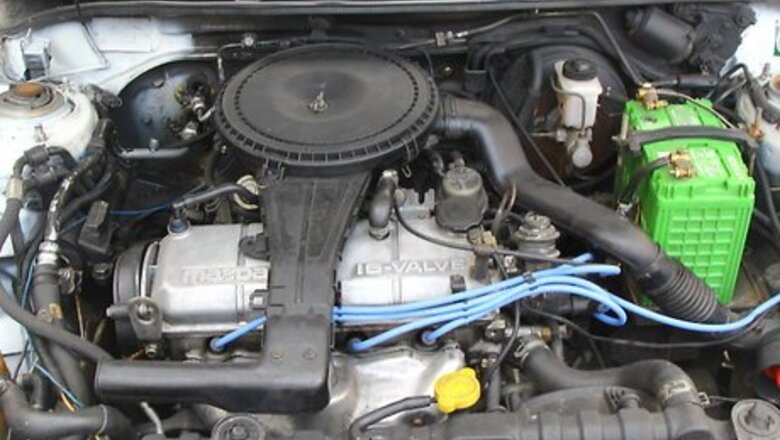
views
Find the Manifold
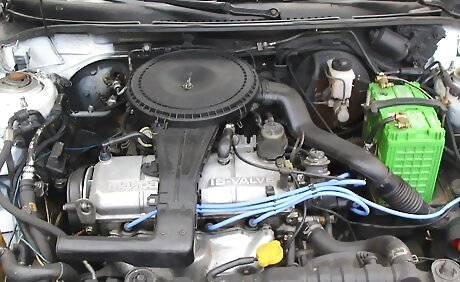
Use your owner's manual to locate the exhaust manifold. 4-cylinder engines have one exhaust manifold. 6 or 8-cylinder vehicles have two manifolds. Look for the manifold in front of the engine block on a front-end driven vehicle. Find the manifold on the side of the engine block on a rear-driven. This may vary slightly on boat engines or those on other small vehicles.
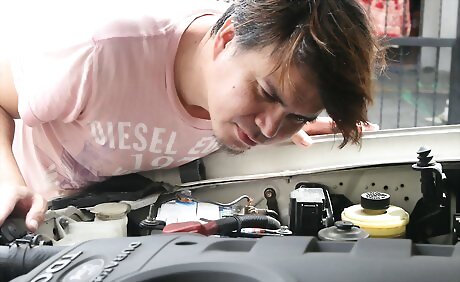
Familiarize yourself with your manifold's design. Most exhaust manifolds are made of cast iron or a steel alloy similarly able to handle high temperatures. Each manifold has an exhaust port matched to each exhaust outlet on the cylinder head. The exhaust flows through these ports to a single outlet. These ports are openings in an otherwise flat machined surface that fits with a gasket to the surface of the cylinder head. Gaskets, made of paper, asbestos materials, or copper, serve as seals to prevent leakage between the manifold and cylinder head.
Work Safely
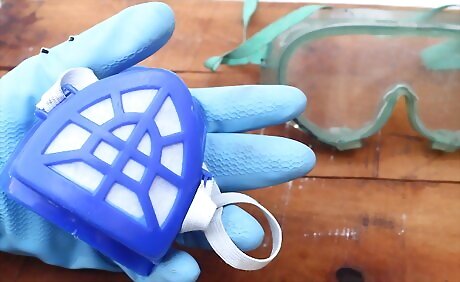
Wear safety equipment, including gloves, dust mask, and goggles.
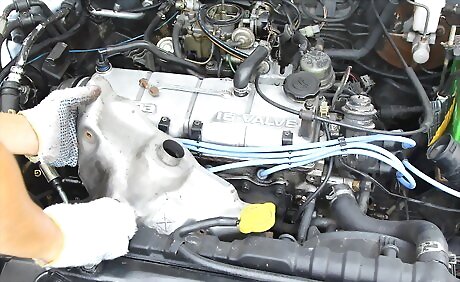
Allow the engine to cool completely for 30 to 60 minutes.
Remove the exhaust manifold.
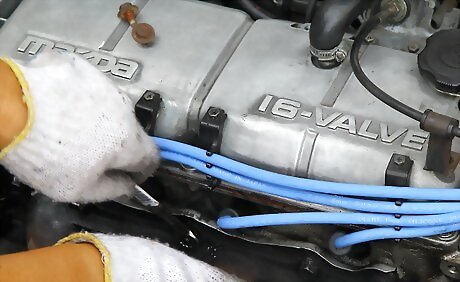
Remove all the hoses that are attached to the manifold.
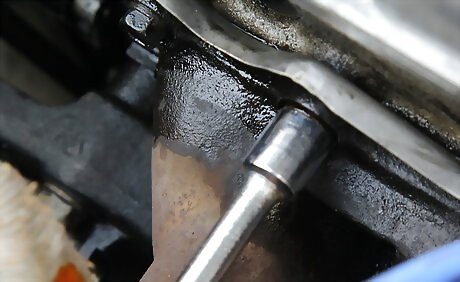
Spray the bolts on the manifold heat shield (usually found on recent cars) with lubricating solvent and remove with socket wrench.
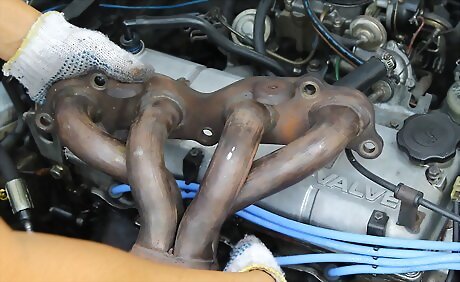
Remove all bolts on the manifold itself after applying lubricating spray solvent.
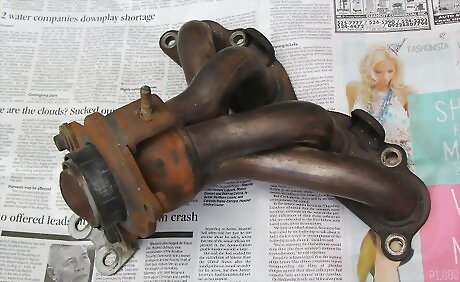
Remove the manifold in a well ventilated work space.
Clean the Exhaust Manifold
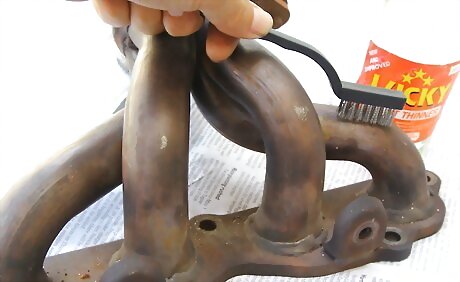
Coat the interior of the manifold with lacquer thinner.
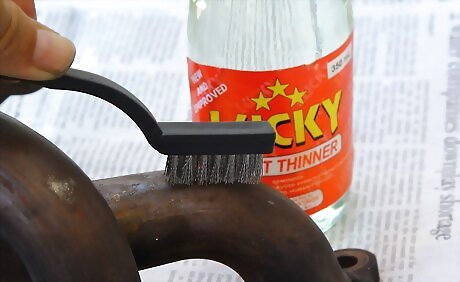
Scrub coated areas with wire brush and steel wool.
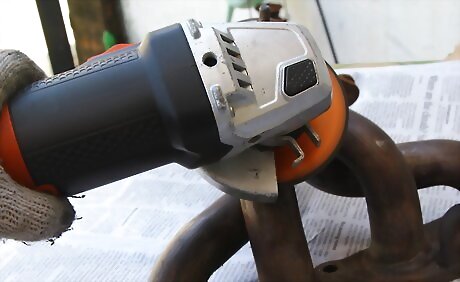
Use electric grinder to break up debris.
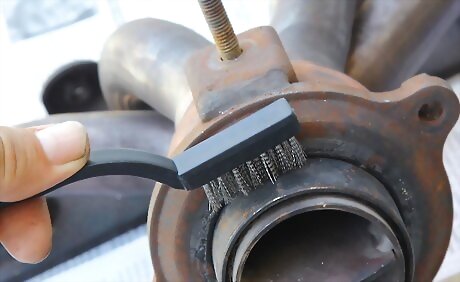
Repeat the process throughout until you are satisfied with the look of the metal.
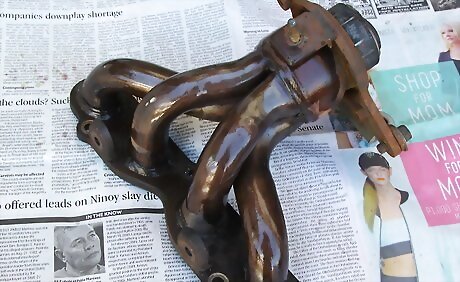
Wipe the manifold clean throughout with lacquer thinner. Lacquer thinner is a solvent, but it also cures the metal with a coating that you can thicken with repeated applications.
Remount the Manifold
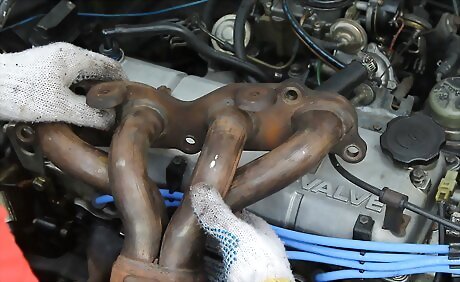
Match the ports to those on the cylinder head, and replace gasket before bolting manifold in place.

Contact your local dealer or research repairs in order to determine the precise sequence and torque level to follow when reinstalling the manifold.











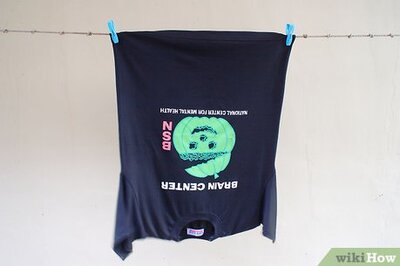






Comments
0 comment